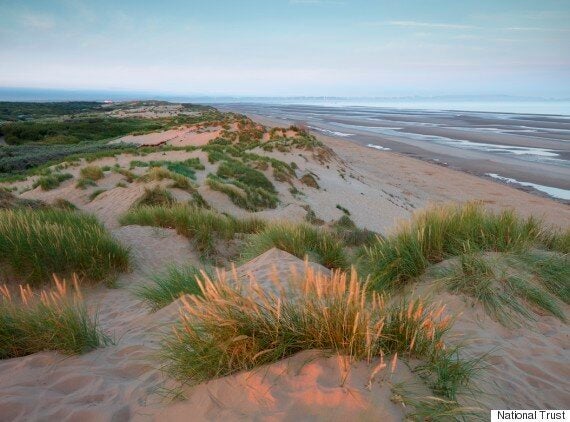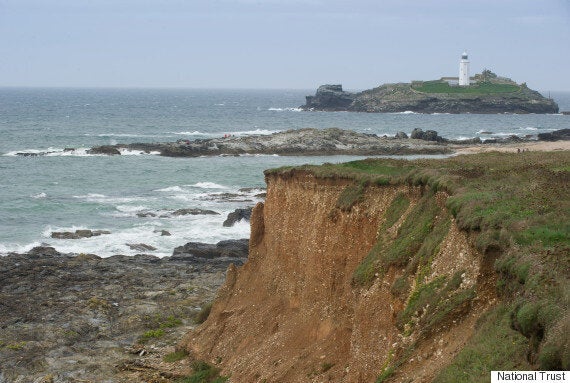The first ever National Trust property was at the coast, a tiny patch of hillside behind Barmouth, gifted to the Trust in 1895 to protect it from development as this seaside resort grew. The early part of the 20th Century saw the Trust acquiring more coast to give protection to wildlife, at a time when legislation to achieve this was still missing. Through the 1960s to the mid 80s and with huge public support, the Trust was again acquiring pristine coast, to protect it from inappropriate development , a coast still under pressure in spite of a stronger planning system. Today, there are question marks once again around the strength of the planning system but the biggest challenge for the future is tackling the impacts of climate change at the coast.
Within our 775 miles of coastline we've got rocky cliff, soft cliff, salt marsh, sand dune, mud flats - all the different landscapes that make up the coast. They will all be impacted differently in the future by climate change, in particular sea-level rise, increased erosion and flooding. Change is constant on the coast, and some of it is driven by natural processes. For instance, if it weren't for constant erosion, over thousands of years the White Cliffs would wear back into gentle slopes and vegetate over, and they'd become the Green Slopes of Dover.

In the last decade, the world has really woken up to the impact we're having as a species on the planet by pouring millions of tonnes of greenhouse gases into the atmosphere. In 2013/2014 the Intergovernmental Panel on Climate Change (IPCC)an international panel of politicians and scientists came together with the best evidence on climate change, and agreed that it is 'very likely' that sea level rise will exceed that of the 20th Century (19cm globally). Dependant on greenhouse gas emissions, global warming could lead to a rise in sea levels on a range between 0.39m and 1m over the course of 21st century. We need to plan for this and in the National Trust we are doing this this under the banner of our Shifting Shores initiative.

Shifting Shores is a shorthand for the Trust's approach to coastal change management, and involves thinking about that 1m of sea level rise and what erosion and flooding would mean for our places. We've got over 80 locations where we will have to think very hard about how we are going to manage coastal change in the future, so we have established some principles to work by. Key to this approach is using natural processes to manage change, rather solely relying on building sea defences, which in the future will become increasingly prone to failure. We need to be prepared to adapt and move out of harm's way where ever we can at the coast, as 'holding the line' is going to become more difficult in the face of rising sea levels and increased storminess.
Working with the grain of nature gives us the best chance of maintaining a healthy and beautiful coast for the future, a coast that is great for people and for wildlife.
Phil Dyke is a coast and marine adviser at the National Trust